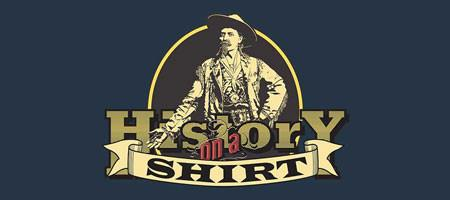Stanford and Cornell both have claims to the first American flag in Europe. The story of who was first is told in today's Roads to the Great War blog, which covers "Arthur Kimber of Stanford and Edward Tinkham of Cornell. Both started with the American Field Service, delivered their flags, became military pilots, died in service, and are buried in Europe."
Tinkham's whole story was covered earlier in Roads to the Great War by Cornellian James Patton. Following is Tinkham's obituary as found in the Roll of the Fallen in Military Records of Cornell University in the World War.
EDWARD ILSLEY TINKHAM prepared at the Montclair Academy and entered Cornell in 1912. He first registered for the course in arts and sciences, but later transferred to forestry, and received the Bachelor of Science degree. He was a member of the Seal and Serpent fraternity and of Helios, and was on both the varsity track and cross-country teams.
In February 1916 Tinkham secured a leave of absence from the University in order to enlist in the American Ambulance Field Service. He left for France soon afterwards. The account of him, written for the memorial volume of the Field Service, states: 'He spent the late winter and early spring with Section Three in Lorraine, and in June, when the Second was moved to the battle front of Verdun, he distinguished himself for bravery and was awarded the Croix de Guerre. In the fall, on the departure of Section Three for the Orient, he was transferred to Section Four where he remained until late in November.'
At the end of nine months service on the front line in France Tinkham returned to Cornell to complete his work for a degree. Filled with intense enthusiasm for the ambulance service and endowed with a personality which made young men instantly accept his leadership, he at once sought recruits among Cornell undergraduates. Prior to our declaration of war he had enrolled thirty-five students for a new ambulance unit and on the first available date, 14 April 1917, sailed for France with this Cornell group. A comrade wrote: 'Tinkham is the recognized leader of the unit and whatever he says goes. No one could be more devoted to our welfare, and there is something about the quiet way he handles things and looks after us that makes everyone love and respect him.'
Upon their arrival overseas the men found that the French Army had then a greater need of drivers of ammunition trucks than of ambulance men. The group volunteered for this service and Tinkham's splendid qualities were promptly recognized by his appointment as chief of T. M. U. 526, the official designation of the Cornell unit. The men left for the Aisne front 24 May. They had the high honor of being the first group of combatants to carry the American flag in the war.
Three weeks after his return to France Tinkham wrote to friends in Ithaca: 'The section has just finished loading the cars at one of the big depots and is on the road toward the lines. It is early in the afternoon and they can only go to a certain point along the road and wait there until nightfall before continuing to the more advanced posts. The load consists of various trench materials, - walks, poles, wires, screens, and so on. It is not our task to carry such things, but during slack intervals the reserves do not always carry ammunition. Before six months are up the men will have accomplished a lot of real hard physical work. Much more, I think, than in an ambulance section. But the work isn't nearly so appealing, so it will take more courage to see it through. We go about as far up as the ambulances and take the same risks, - in fact on every trip some of the cars have run through shells.'
When his enlistment period in the Field Service had expired in September 1917 Tinkham enrolled in the aviation branch of the Navy. He trained in France, received his flight Ensign's commission in July 1918, and immediately thereafter went to the air station at Porto Corsini, Italy, for patrol duty in the Adriatic. During the ensuing months before the Armistice he participated in the raids on the Austrian port of Pola and in general reconnoitering over the Adriatic. For his service there he was awarded the Croce al Merito di Guerra by the Italian government, and the Navy Cross, by our own government. Tinkham remained on duty in Italy after the cessation of hostilities, but during the winter fell ill and was placed in the Italian Military Hospital at Ravenna. He died there 30 March 1919 of spinal meningitis at the end of a three months illness.
One of his professors said of him: 'Tinkham returned to us from France, filled with an almost holy zeal for the cause of the sufferers in the war. He was a man who seemed to have laid aside his youth in order to fulfil his mission. He spoke again and again to groups of students, talking in the simplest of language and by his unselfish fervor carrying conviction to all who heard him. Each time he ended, there was a deep silence, and then some one would say, "Count me in, Tinkham," or "Would I be good enough for the job?" When Cornell gave him to the war, she gave of her very best. He was of the stuff of which heroes are made.'
Tinkham's name was inscribed on the Charles A. Fulle memorial tablet erected in Montclair in memory of those graduates of the Montclair Academy who gave their lives in the war. In Caldwell Hall, the forestry building at Cornell, a tablet has been placed to his memory. The class of 1916, commemorating their dead, gave a room in the War Memorial building. His name is also inscribed there.
